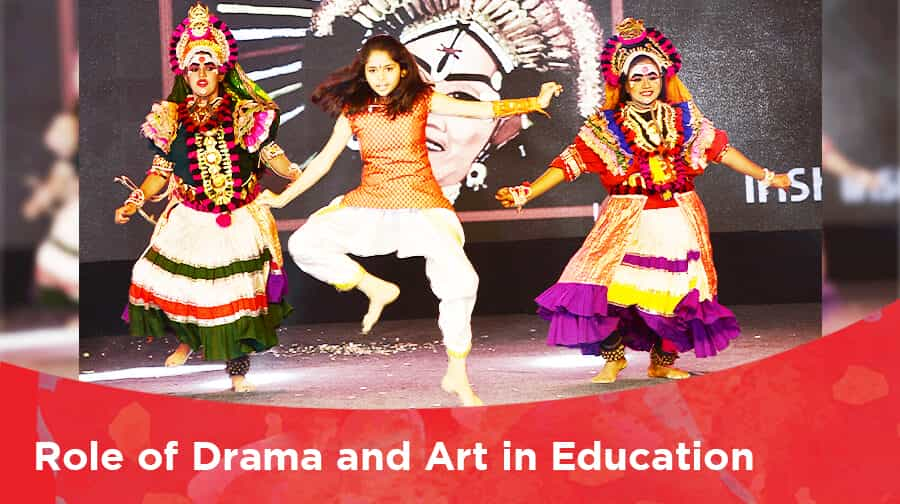By combining elements from both the performing arts and visual art, drama and art provide an incredibly rich toolbox for educators looking to engage students. Studies show that incorporating creativity into learning can lead to improved cognitive development, better language acquisition, increased collaboration within a classroom setting, and higher overall educational attainment. In this blog, we will explore the role that drama and art play in education today, as well as its benefits for all involved parties – both academic and beyond!
The Academic Advantages of Art & Drama Classes
Drama and art classes bring a unique flavour to educating children which can keep them engaged throughout their school day. Through dramatic performances, young people learn many different soft skills such as communicating with confidence in front of large groups or responding quickly to new situations.
Art classes teach valuable creative problem-solving techniques like hand-eye coordination along with visual thinking tools; helping kids develop mental images that better express idea solutions and long-term memory recall. Not only do these activities provide real-world elements but also equip learners with digital literacy – a key skill needed no matter what field you enter into post-secondary studies!
Language Development through Playwriting
Language development through playwriting can be a powerful tool for children to develop their language skills interactively. By taking part in the process of reading and writing, plays allow children to develop written literacy which is integral for any successful student’s academic endeavour. Not only that, but it also allows them to express themselves creatively while engaging with literature from diverse perspectives.
When it comes to constructing a drama using age-appropriate stories or conceiving original works based on personal experience and interests, participants can explore how the choice of words impacts meaning as well as practice communication strategies such as verbalised support and active listening when discussing ideas with peers. Structured theatrical activities provide a unique learning opportunity where students can use expressive language without fear of being judged by others.
Through these exercises, they gain confidence in engagement speech thereby positively impacting their social life at home and school alike – ultimately contributing towards emotional maturity both verbally and linguistically speaking and academically too!
Benefits of Experiential Learning through Drama and Art
Experiential learning through drama and art is an effective way to expand the knowledge of students. It allows them to observe, explore, discover, and develop their own understanding beyond traditional teachings. The benefits are far-reaching as it taps into multiple senses at once by providing tactile, visual, auditory and kinesthetic ways for learners to engage with a topic or concept in real-life situations.
Furthermore, this method enables learners to build their communication and problem-solving skills which will become invaluable tools for success later on in life. Students gain strong interpersonal abilities due to heightened engagement levels that come from participating in activities such as role-playing or improvising scenarios which facilitate different perspectives and approaches being shared during discussions. As well as this practical development of collaboration techniques that can be applied outside of academic setting – useful employable skills like presentation style delivery also benefit from experiential learning through theatre arts exploration
Conclusion
From fostering creativity to increasing self-confidence, drama and art play an important role in education. They offer students new ways of seeing things, provide hands-on learning experiences, stimulate critical thinking skills, encourage collaboration, boost comprehension abilities through storytelling techniques and help break down barriers between peers by expressing their inner emotions creatively.


